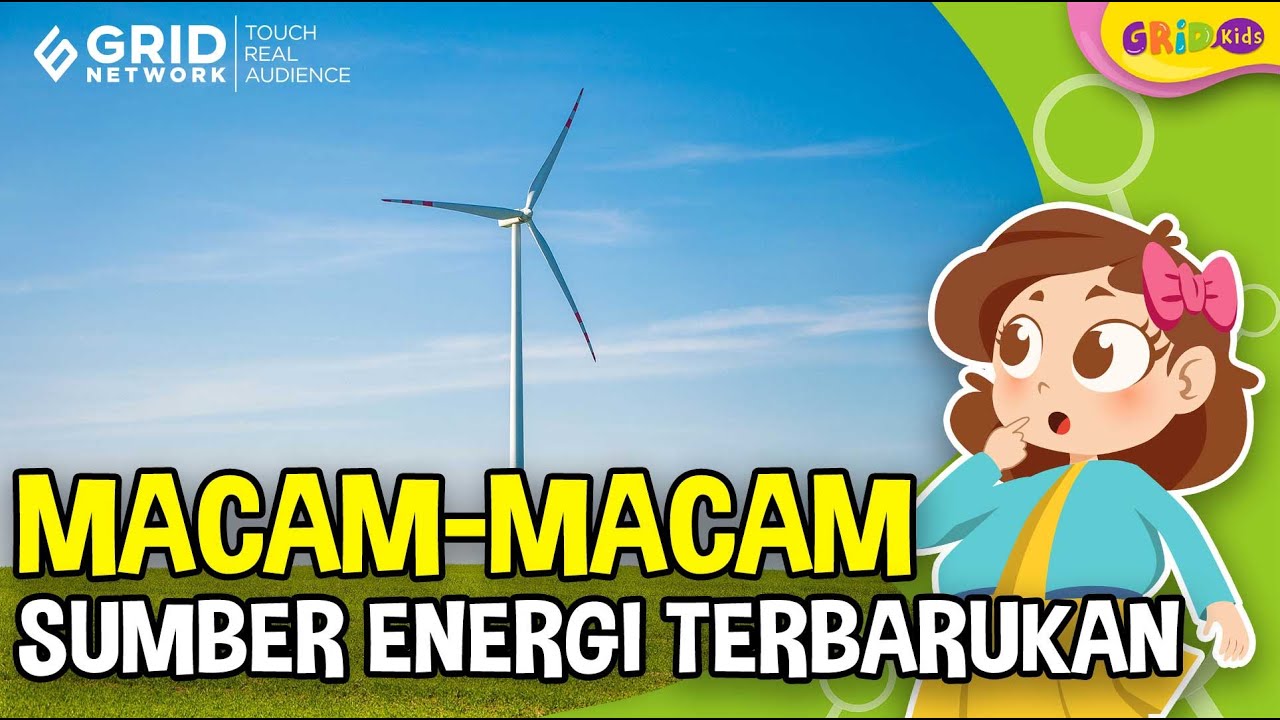What is Solar Energy?
Summary
TLDRThe video highlights the sun as the ultimate source of energy for our planet, powering everything from solar panels to fossil fuels. It emphasizes the immense potential of solar energy, which is renewable and abundant compared to non-renewable resources that will eventually deplete. Despite promising technologies for harnessing solar power, challenges remain, such as energy storage and efficiency. Currently, less than 1% of U.S. energy comes from solar, but with increasing recognition of its benefits, a transition to a solar-powered society is within reach, promising a brighter and more sustainable future.
Takeaways
- ☀️ All energy sources, including fossil fuels, ultimately originate from the sun.
- 🌍 The sun is a massive source of energy, 330,000 times more massive than Earth.
- 🔥 The sun's core reaches temperatures of 27 million degrees Fahrenheit.
- 📺 If we harnessed all solar energy reaching Earth, we could power a 25-inch TV on every square meter.
- ⛽ Non-renewable energy sources like coal, oil, and gas will run out in the coming decades.
- 🌱 Solar energy is renewable and will last for about 5 billion years.
- 🌬️ Wind and water are also renewable energy sources, but they provide less energy compared to solar.
- 🔋 Current solar technologies include solar panels and concentrated solar power using mirrors.
- 🌞 Challenges for solar energy include variability in sunlight availability and the need for better storage solutions.
- 🚀 The shift towards solar energy is growing, with potential for a more solar-powered future.
Q & A
What is the primary source of energy mentioned in the script?
-The primary source of energy mentioned is the sun, which drives all forms of energy, including solar, wind, water, and fossil fuels.
How does solar energy compare to fossil fuels in terms of renewability?
-Solar energy is renewable and will last for approximately 5 billion years, while fossil fuels like coal, oil, and natural gas are non-renewable and will eventually run out.
What are the two main methods of harnessing solar energy discussed in the script?
-The two main methods are solar panels, which convert sunlight directly into electricity, and concentrated solar power, which uses mirrors to focus sunlight onto a tower to generate steam for electricity.
What challenges are associated with the large-scale use of solar energy?
-Challenges include variability in sunlight availability based on location and time, as well as the need for improved energy storage and transmission systems.
Why is the potential of solar energy described as massive in comparison to other energy sources?
-The potential of solar energy is massive because it significantly exceeds all the energy produced from other renewable sources combined, capturing vast amounts of energy from the sun.
What factors can affect the amount of solar energy available for use?
-Factors include geographic location, seasonal changes, day-night cycles, and weather conditions such as cloud cover.
What is the current percentage of energy used in the United States that comes from solar energy?
-Currently, less than 1% of all energy produced and used in the United States comes from solar energy.
What are the implications of continuing to use non-renewable energy sources?
-If non-renewable resources continue to be used at the current rate, oil and gas may be exhausted in the next 50 years, and coal in the next 115 years, leading to potential energy crises.
What advancements are needed for solar energy to become more prevalent?
-Advancements needed include improving the efficiency of solar technologies, reducing costs, and enhancing energy storage and transmission systems.
What is the overall message regarding the future of solar energy?
-The overall message is optimistic; as awareness and technology improve, we are moving closer to a solar-powered society, which could lead to a brighter and more sustainable future.
Outlines

This section is available to paid users only. Please upgrade to access this part.
Upgrade NowMindmap

This section is available to paid users only. Please upgrade to access this part.
Upgrade NowKeywords

This section is available to paid users only. Please upgrade to access this part.
Upgrade NowHighlights

This section is available to paid users only. Please upgrade to access this part.
Upgrade NowTranscripts

This section is available to paid users only. Please upgrade to access this part.
Upgrade NowBrowse More Related Video

Mari Mengenal Energi Baru Terbarukan

Macam-Macam Sumber Energi Alternatif untuk Kehidupan di Bumi

Energy In Everyday Life

BioDas: Biomimikri "PANEL SURYA X FOTOSINTESIS" Kelompok 1 TPB 41

Air, Bumi, Api, Udara: Mana Sumber Listrik Terkuat?

Solar Energy | How does the Sun help us | Energy of the Sun | Uses of Solar Energy for Kids
5.0 / 5 (0 votes)